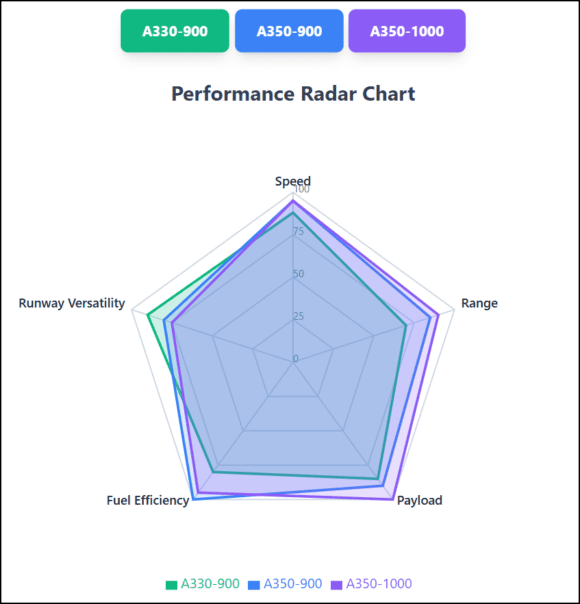
uncertainty
Delta announced its 1Q25 results, and the numbers reflect the current uncertainty.
This NYSE ARCA Airline Index chart outlines the market’s expectations for the airline industry. That is a lot of red.
Markets hate uncertainty, and the new US-driven tariff regime is causing a lot of uncertainty. Travel demand is no longer being driven by “revenge travel.” It’s back to reality, and sentiment does not favor frivolous travel or expenses. The shock of the cut in travel demand caught the airlines by surprise. This underscores the industry’s nature – it is susceptible to exogenous shocks, and the demand curve has returned to its former elasticity.
Delta’s Ed Bastian stated: “With broad economic uncertainty around global trade, growth has largely stalled. In this slower-growth environment, we are protecting margins and cash flow by focusing on what we can control. This includes reducing planned capacity growth in the second half of the year to flat over last year while actively managing costs and capital expenditures.”
Expect similar statements from his industry peers this week and next.
The Silver Lining Behind the Cloud
Bastian’s comment about reducing capacity growth will be a key focus item for the aerospace supply chain, from the duopoly down. The supply chain is clawing its way back from the pandemic, and the possible reduction in demand pressure from airlines for capacity growth will be a measure of relief. Across the supply chain, a lack of skilled labor is causing delayed deliveries.
Our models have shown a rise in duopoly inventories as parts shortages slow deliveries. This is primarily in engines, but seats are also a feature. Slowing demand pressure will help the supply chain. The recovery in travel post-pandemic was explosive and caught everyone by surprise. The silver lining is small, but it’s there and not insignificant.
But there is still a cloud
We have seen a steady upsizing among US airlines. The poster child is Alaska Airlines, which now has ~70% of its fleet in the MAX 9 or 737-900 segment. Similarly, Southwest Airlines has ~60% of its fleet in MAX 8 and 737-800 segment. Then there is United taking A321neos at a blistering pace, with Delta close behind.
A lot of seats will be looking for passengers. Markets always clear, and this almost certainly means fare cuts. Fortunately, the fuel price has dropped. The decline seems to continue, and since this accounts for ~45% of airline operating costs, the industry has room to cut fares.
The industry won’t like it, having managed to raise fares to offset the sharply higher salaries. But what choices are there? Mr. Bastain’s words about protecting margins and cash flow resonate. They know what’s coming; they have seen it before.
Conclusion
As the airline industry has seen several times before, rough times follow good times. But the good times always come back. The awkward period is adjusting down with every shock. This shock is something new by name, but the nature of a shock is nothing new.
The winners will be those with the most significant cash cushion—it has always been so. Warren Buffett once again proves his perceptive thinking. Still unsettled? Read Rudyard Kipling’s “If”.
Views: 131




